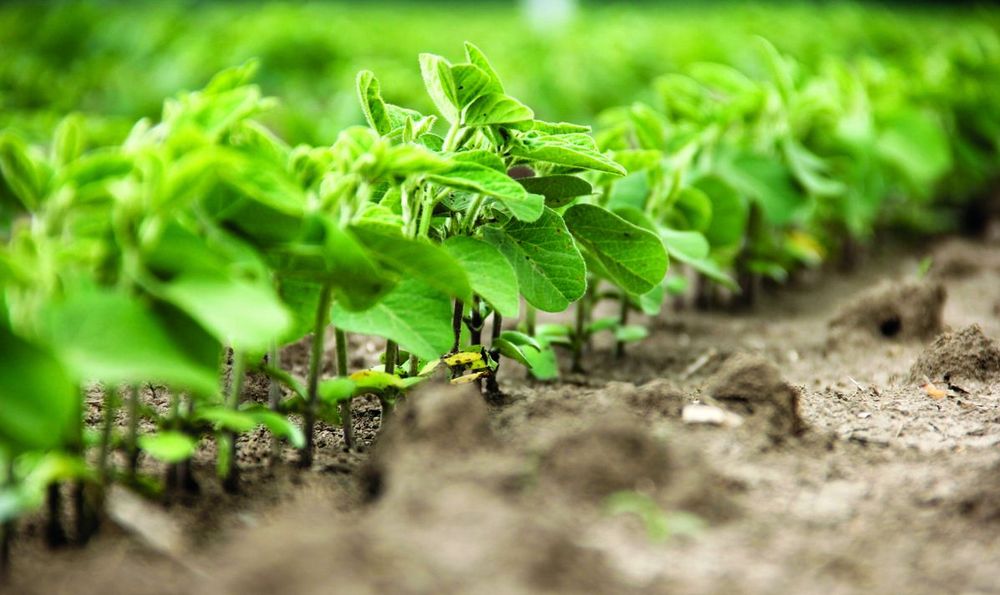Planting in Brazil must grow 2.5% in the 2023/24 soybean crop

Brazilian soybean growers are expected to cultivate 45.62 mln hectares in 2023/24, the largest area in history, up 2.5% from last year’s 44.52 mln. The projection is part of the traditional survey of planting intentions by SAFRAS & Mercado, released on July 14.
With a possible increase in yield, from 3,525 to 3,597 kg/ha, Brazilian production must be above that obtained this season. The initial forecast is for the production of 163.25 mln tons, up 4.5% from the 156.15 mln tons reaped this year.
Brazilian soybean production can reach a new record in the 2023/24 crop. Our planting intention survey points to new growth in the area to be planted with soybeans in Brazil in the new season. Despite very pressured prices in 2023, Brazilian growers continue to show interest in opening up new areas and replacing some crops by soybeans, as has happened for some years. The good profitability of soybeans compared to other crops continues to be the main vector for the expansion of the Brazilian area, even with falling margins in the 2022/23 season.
Brazilian growers are hopeful about the market outlook, even more so in this moment of doubts about the new US crop, which is going through problems. The trend toward lower costs in this new season due to lower prices of some inputs, especially fertilizers, also encourages growers.
Thus, the Brazilian soybean area must grow around 2.5% in the new season. It is important to point out that the growth must be a little lower than registered in recent years, since most growers still work with tighter margins and do not want to advance so much into new areas. In any case, this new growth in the Brazilian area must allow for the harvest of over 160 mln tons for the first time in history.
The positive highlight of the first estimate is the expected improved production in Rio Grande do Sul, which, after two years of strong production losses due to the La Niña phenomenon, has a more favorable outlook with the arrival of El Niño. Despite this, the strong lack of capital of growers in Rio Grande do Sul must prevent a more significant growth of the soybean area in this new season, with still great doubts about the size of the new area.
For the Midwest and Southeast regions, SAFRAS again expects large production, but at first the expectation is that average yield will be slightly lower than that registered in the 2022/23 crop, which broke records in several states.
The North and Northeast must see the greatest increases in areas in percentage terms, with growers advancing into the new Brazilian agricultural frontier. Yet, it is important to remember that El Niño years usually worry the region due to the trend for below-average rainfall.
Read also
Wheat in Southern Brazil Impacted by Dry Weather and Frosts
Oilseed Industry. Leaders and Strategies in the Times of a Great Change
Black Sea & Danube Region: Oilseed and Vegoil Markets Within Ongoing Transfor...
Serbia. The drought will cause extremely high losses for farmers this year
2023/24 Safrinha Corn in Brazil 91% Harvested
Write to us
Our manager will contact you soon



